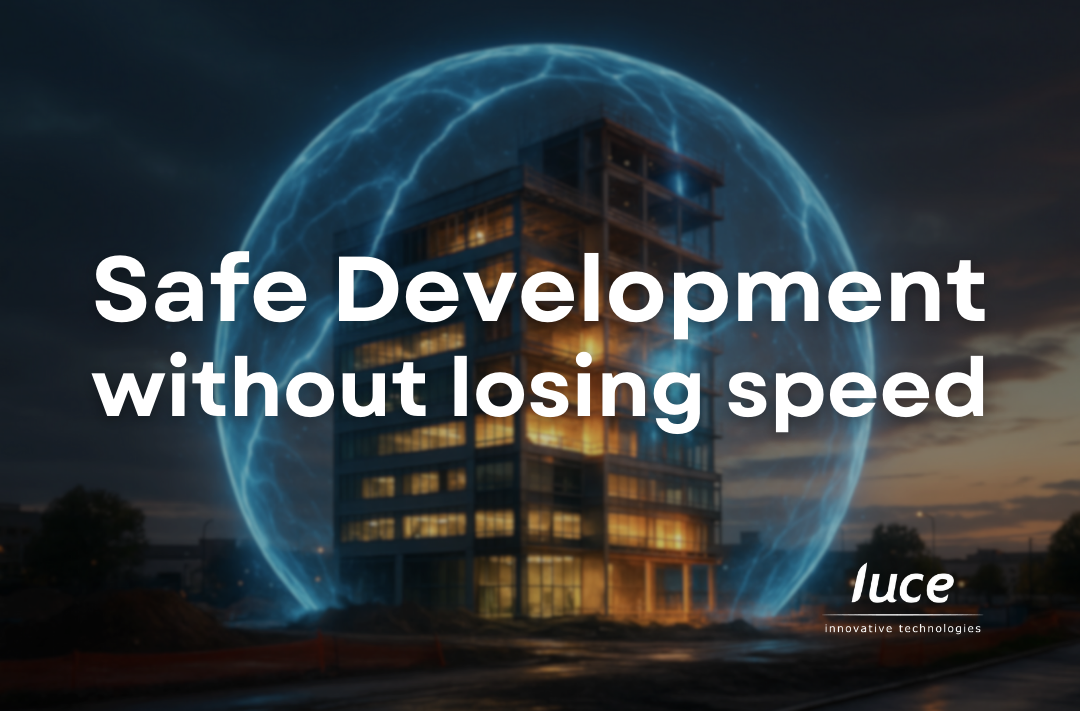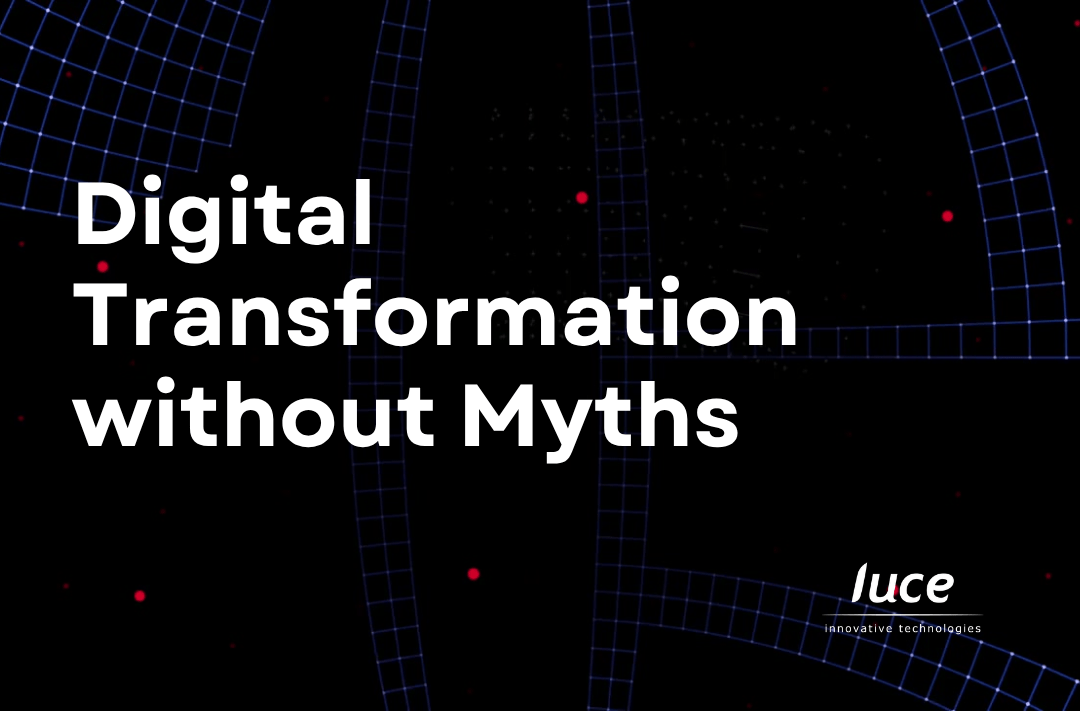
Microservices and Serverless Architecture
Scalability and Innovation for Large Enterprises
With today’s constant need for agility, resilience and innovation, many organisations are moving away from traditional monolithic architectures to more modern and efficient models. Among them, microservices and serverless computing stand out as key approaches to scale digital operations in a more flexible and sustainable way.
Microservices architecture proposes to divide an application into independent components, each one in charge of a specific business function. This not only allows new functionalities to be developed and deployed more quickly, but also facilitates maintenance, scalability and adaptability of the system to changes in the market or in demand.
Serverless computing, on the other hand, offers companies the possibility of running functions directly in the cloud without worrying about infrastructure management. Platforms such as AWSLambda, Google Cloud Functions and Azure Functions allow teams to focus on writing code that solves business problems, while the cloud provider scales, executes and charges only for actual usage.
This joint approach not only addresses technical needs, but represents a strategic transformation opportunity.
Key benefits for large companies
-
- Granular scalability: Allows specific parts of the system to be scaled independently, which is more efficient in the face of traffic peaks or business growth.
- Reduced operating costs: By paying only for execution time (in the case of serverless), costs associated with underutilised servers or constant maintenance are eliminated.
- Increased agility in development: Autonomous teams can launch functionalities faster, without relying on long deployment cycles or coordination between multiple departments.
- Resilience and fault tolerance: If one service fails, it does not crash the entire application. This improves overall stability and facilitates incident recovery.
- Encouraging continuous innovation: By reducing complexity and implementation times, companies can experiment with new ideas without compromising the stability of the core system.
Leading companies such as these have already incorporated these approaches with excellent results. They have succeeded not only in improving operational efficiency, but also in accelerating innovation in key areas such as customer service, real-time analytics and process automation.
Cases by sector
-
- Retail and eCommerce: can adopt microservices to handle catalogues, payments and shipping as stand-alone services. In addition, they use serverless to automatically respond to traffic peaks during events such as Black Friday or launch campaigns.
- Banking and Finance: Many institutions have already migrated critical parts of their systems to microservices and serverless architectures to offer public APIs, detect fraud in real time and launch digital financial products faster.
- Telecommunications: Spain’s two major telcos have long since modernised their self-service and billing platforms using serverless functions, facilitating integration between legacy systems and new mobile apps without disruption.
- Healthcare and Biotech: companies in this sector can use microservices and serverless computing to connect medical devices, analyse clinical data in real time and comply with regulations in a modular and secure way.
- Industry and Energy: Industrial IoT platforms based on microservices are being developed to monitor and operate large-scale distributed assets, using serverless functions to process events in real time without the need for local infrastructure.
Of course, adopting these architectures entails certain challenges. Fragmentation of services requires strong governance, clear security policies and observability tools to maintain control and traceability. It also requires a cultural shift towards more collaborative teams and a cloud-native mindset that prioritises flexibility over centralised control.
In short, microservices and serverless are not simply a technology fad: they are a structural change in the way software is built and scaled at the enterprise level. For organisations looking to lead their industry in an increasingly competitive and dynamic environment, this evolution represents a clear competitive advantage and a solid foundation for future growth.
Luce IT, your trusted technology innovation company
The Luce story is one of challenge and non-conformity, always solving value challenges using technology and data to accelerate digital transformation in society through our clients.
We have a unique way of doing consulting and projects within a collegial environment creating “Flow” between learning, innovation and proactive project execution.
At Luce we will be the best by offering multidisciplinary technological knowledge, through our chapters , generating value in each iteration with our clients, delivering quality and offering capacity and scalability so they can grow with us.



